Related Research Articles
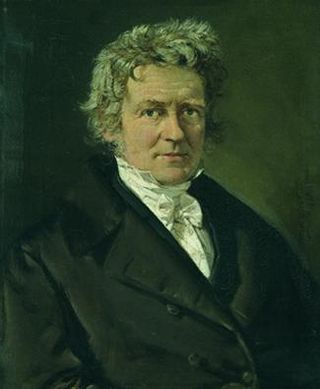
Friedrich Wilhelm Bessel was a German astronomer, mathematician, physicist, and geodesist. He was the first astronomer who determined reliable values for the distance from the sun to another star by the method of parallax. Certain important mathematical functions were named Bessel functions after Bessel's death, though they had originally been discovered by Daniel Bernoulli before being generalised by Bessel.

A star catalogue is an astronomical catalogue that lists stars. In astronomy, many stars are referred to simply by catalogue numbers. There are a great many different star catalogues which have been produced for different purposes over the years, and this article covers only some of the more frequently quoted ones. Star catalogues were compiled by many different ancient people, including the Babylonians, Greeks, Chinese, Persians, and Arabs. They were sometimes accompanied by a star chart for illustration. Most modern catalogues are available in electronic format and can be freely downloaded from space agencies' data centres. The largest is being compiled from the spacecraft Gaia and thus far has over a billion stars.

The Observatory of Strasbourg is an astronomical observatory in Strasbourg, France.
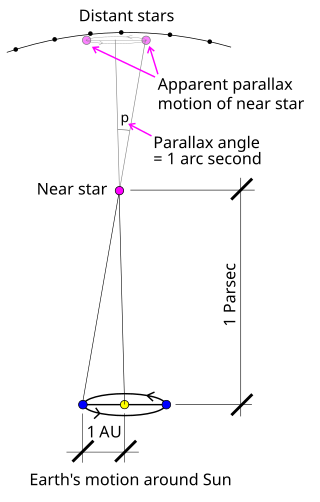
Stellar parallax is the apparent shift of position (parallax) of any nearby star against the background of distant stars. By extension, it is a method for determining the distance to the star through trigonometry, the stellar parallax method. Created by the different orbital positions of Earth, the extremely small observed shift is largest at time intervals of about six months, when Earth arrives at opposite sides of the Sun in its orbit, giving a baseline distance of about two astronomical units between observations. The parallax itself is considered to be half of this maximum, about equivalent to the observational shift that would occur due to the different positions of Earth and the Sun, a baseline of one astronomical unit (AU).
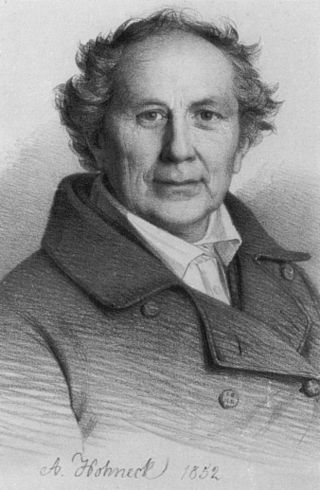
Friedrich Wilhelm August Argelander was a German astronomer. He is known for his determinations of stellar brightnesses, positions, and distances.
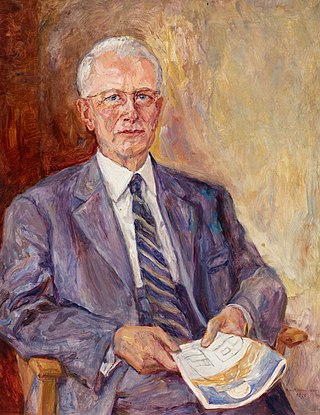
Otto Hermann Leopold Heckmann was a German mathematician and astronomer, director of the Hamburg Observatory from 1941 to 1962, after which he became the first director of the European Southern Observatory. He actively contributed to the creation of the third issue of the Astronomische Gesellschaft Katalog. He also contributed to cosmology based on the fundamentals of general relativity, and in 1942 wrote the book Theorien der Kosmologie.
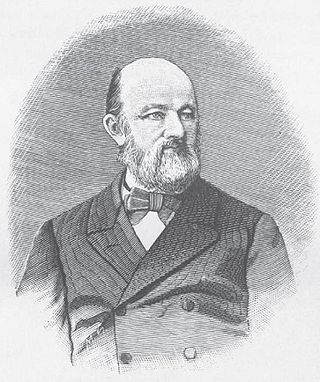
Johann Friedrich Julius Schmidt was a German astronomer and geophysicist. He was the director of the National Observatory of Athens in Greece from 1858 to 1884. Julius Schmidt was tireless in his work, it was suggested by William Henry Pickering that he perhaps devoted more of his life than any other man to the study of the Moon. During his lifetime, he made some of the most complete lunar maps of the 19th century.
Eduard Schönfeld was a German astronomer.

Hoher ListObservatorium is an Observatory located on the Hoher List mountain about 60 km south-west of the city of Bonn, close to the town of Daun in the Eifel region (Rhineland-Palatinate)

Hugo von Seeliger, also known as Hugo Hans Ritter von Seeliger, was a German astronomer, often considered the most important astronomer of his day.
In astronomy, Durchmusterung or Bonner Durchmusterung (BD) is an astrometric star catalogue of the whole sky, published by the Bonn Observatory in Germany from 1859 to 1863, with an extension published in Bonn in 1886. The name comes from Durchmusterung, a German word used for a systematic survey of objects or data. The term has sometimes been used for other astronomical surveys, including not only stars, but also the search for other celestial objects. Special tasks include celestial scanning in electromagnetic wavelengths shorter or longer than visible light waves.
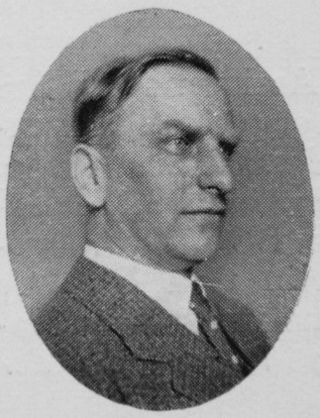
Ernst Arnold Kohlschütter was a German astronomer and astrophysicist from Halle.
Friedrich Wilhelm Hans Ludendorff was a German astronomer and astrophysicist. He was the younger brother of General Erich Ludendorff.

The Astronomical Calculation Institute is a research institute in Heidelberg, Germany, dating from the 1700s. Beginning in 2005, the ARI became part of the Center for Astronomy at Heidelberg University. Previously, the institute directly belonged to the state of Baden-Württemberg.

The Astronomische Gesellschaft is an astronomical society established in 1863 in Heidelberg, the second oldest astronomical society after the Royal Astronomical Society.
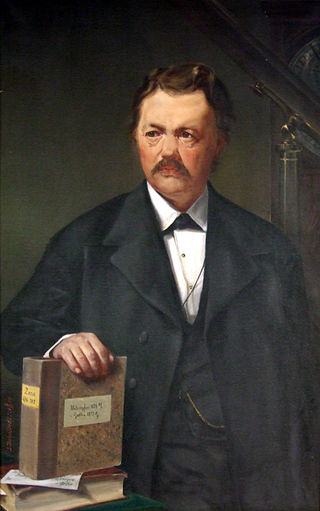
Karl Nikolaus Adalbert Krueger was a German astronomer. Born in Marienburg, Prussia, he was editor of Astronomische Nachrichten from 1881 until his death.
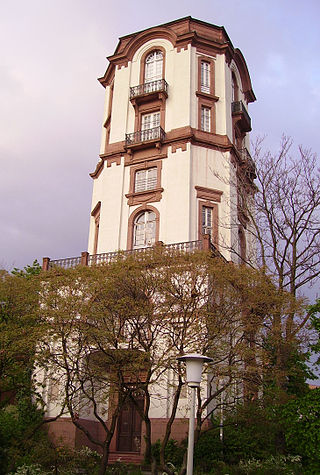
The Mannheim Observatory was a tower observatory built between 1772 and 1774 in Mannheim, Germany, which remained in operation until 1880. The observatory was transferred to Karlsruhe and finally in 1898, was established on the Königstuhl near Heidelberg where today's successor institution the State Observatory Heidelberg-Königstuhl is located.

Paul Friedrich Ferdinand Kempf was a German astronomer.
Gliese 205 is a nearby red dwarf star of spectral type M1.5, located in the constellation Orion at a distance of 18.6 light-years from Earth.
The Celestial police, officially the United Astronomical Society, was a cooperation of numerous European astronomers in the early 19th century. It is mainly known in relation to the search for objects expected between the orbits of Mars and Jupiter. It was formed in 1800 at the second European congress of astronomers. At the first such congress, in 1798, the French mathematician Jérôme Lalande had called for a coordinated search, in which each participating observatory would patrol a particular part of the sky. The group confirmed or discovered the four largest minor planets, which would lead to the identification of the asteroid belt. They also initiated the compilation of better star catalogues and the investigation of variable stars. They pioneered international collaboration and communication in astronomy.
References
- ↑ Schmeidler, Felix. Geschichte der Astronomischen Gesellschaft (in German). Astronomische Gesellschaft. pp. 45–46.
- ↑ Encyclopedia.com. "Heckmann, Otto Hermann Leopold". www.encyclopedia.com. Retrieved 2024-04-20.
- DavidDarling.info Archived 2017-06-29 at the Wayback Machine
- Astro.it